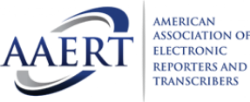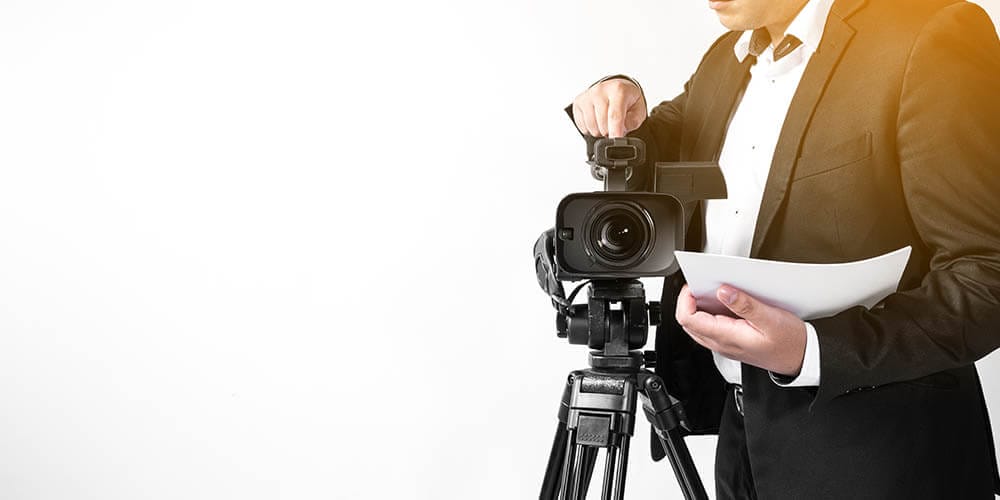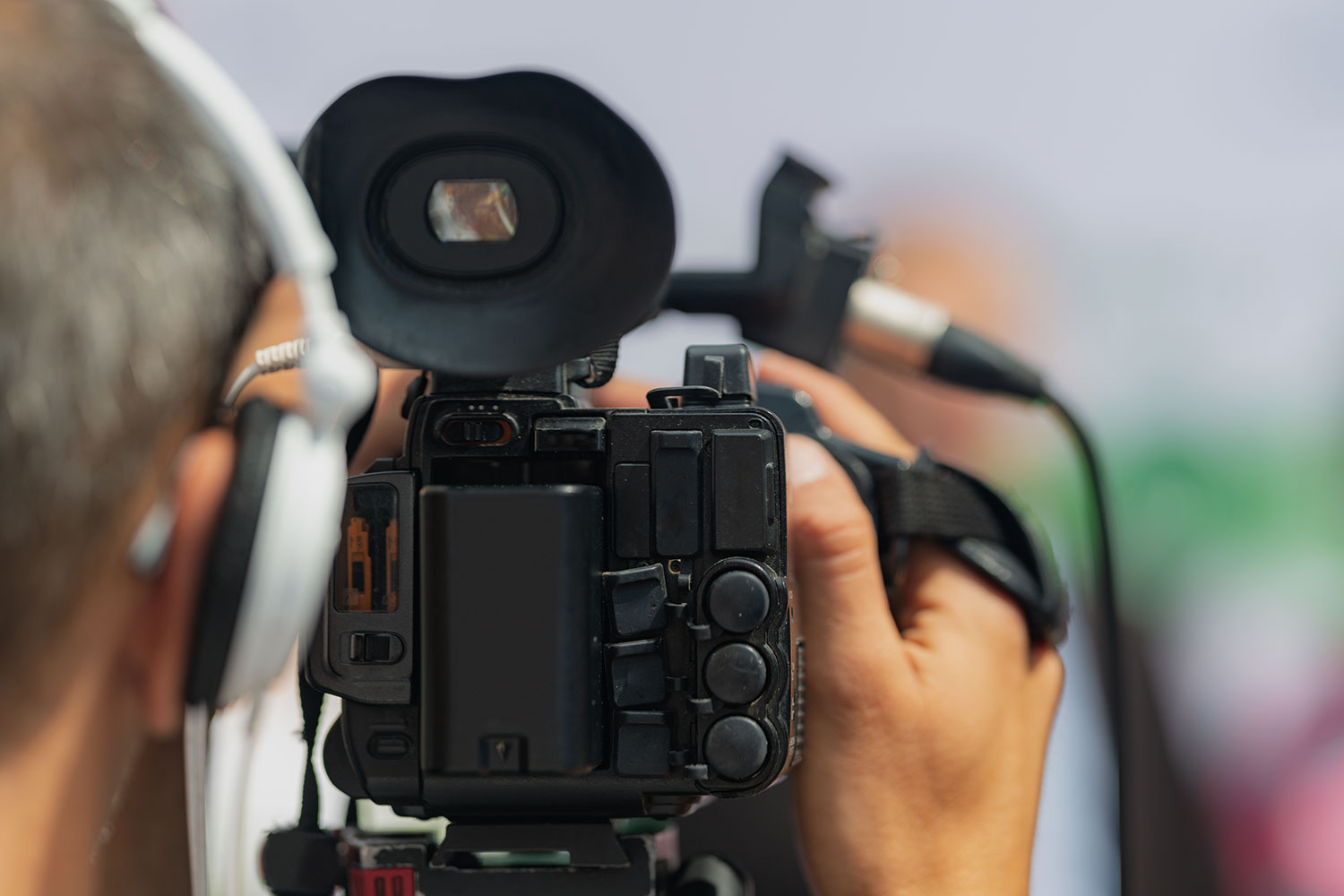How Lawful Videography Can Enhance Your Legal Method
In the developing landscape of legal method, the combination of lawful videography emerges as a significant tool that can boost a legal method. By recording witness statements and depositions in a visual style, attorneys can offer not just the content of what is claimed but also the important non-verbal signs that come with these statements. This diverse strategy not just aids in creating a compelling narrative but also plays a crucial role in interesting jurors successfully. As we check out the nuances of this technique, the concern arises: just how can lawful videography redefine the way cases exist and regarded in the court room?
Benefits of Lawful Videography

Legal videography provides significant benefits in the lawsuits procedure, boosting the overall performance of legal approach. One of the primary benefits is the ability to create an aesthetic record of proceedings, which acts as an effective tool for presenting evidence in court. This visual documentation can record nuances that may be forgotten in written records, providing a more extensive understanding of the case.
Additionally, lawful videography assists in the preservation of witness declarations and depositions, ensuring that critical testaments are maintained in their initial context. This is particularly valuable in situations where witnesses might come to be not available as a result of unanticipated situations, as it safeguards the honesty of their statements.
Furthermore, the usage of high-quality video clip can considerably enhance the involvement of courts and courts. Visual elements frequently reverberate much more successfully than message alone, making it less complicated for lawyers to share complex arguments and stories.
In addition, videography can aid in the advancement of case strategy, enabling lawyers to evaluate recorded materials and improve their methods. Eventually, these benefits underscore the integral role that legal videography plays in contemporary litigation, maximizing results and boosting the efficiency of lawful procedures.
Enhancing Witness Testimonies
Catching witness testimonies on video clip not only protects the authenticity of their accounts yet likewise boosts the influence of their declarations throughout legal proceedings. Video clip paperwork allows jurors and judges to regard the nuances of a witness's attitude, body language, and emotional expressions, which can be crucial in evaluating trustworthiness and integrity.
Additionally, the visual element of videography can produce a more interesting story, permitting the jury to get in touch with the testimony on an individual degree. This connection can dramatically affect their understanding and retention of the details presented.
Lawful videography likewise serves to reduce the potential for misconception or miscommunication that can accompany composed records alone. By supplying a clear and straight representation of the witness's account, it decreases obscurity and makes certain that the testimony is shared as planned.

Catching Depositions Successfully
Reliable deposition catching is a vital component of the lawsuits procedure, matching the enhanced witness statements discussed previously. The key goal of catching depositions is to create an accurate and trustworthy document that can be utilized throughout the lawful process. To achieve this, lawful videographers need to use high-grade equipment and strategies that guarantee quality in both sound and visual elements.
A well-executed deposition needs cautious planning and sychronisation. Additionally, selecting an appropriate background and making certain that all participants are framed correctly can boost the professionalism and reliability of the recording.
Throughout the deposition, it is vital to preserve a neutral disposition, allowing witnesses to express their statements without disturbance - legal videography. Recording non-verbal hints, such as body movement and faces, adds depth to next page the recorded testimony, providing vital context for later analysis. Eventually, effective deposition catching not only reinforces the legal strategy but additionally serves as an effective device for offering an engaging story in the court room
Presenting Proof in Court
In the court, the discussion of proof plays an essential function in forming the story of a situation. Lawful videography improves this procedure by offering a dynamic and interesting means of providing important proof, particularly with depositions and witness statements. High-grade video clip recordings enable jurors to observe not only the content of the testament but additionally the demeanor, tone, and body movement of the witnesses. This multi-dimensional method can considerably affect the court's understanding of trustworthiness and reliability.
Additionally, the usage of legal videography guarantees that the evidence is provided continually and accurately, lowering the threat of misconception that can accompany conventional approaches. Jurors can revisit video proof during deliberations, enabling them to engage more deeply with the material. Additionally, legal videography can assist in showing complex circumstances or technological details, making it more available to the court.
Improving Jury Involvement
Through the strategic use legal videography, attorneys can dramatically boost jury interaction during trials. Aesthetic storytelling acts as a powerful tool to record the court's interest and convey complicated details in an obtainable manner. By incorporating video clip proof, lawyers can develop an extra immersive experience that resonates with jurors, facilitating far better understanding of the situation.
Legal videography can showcase witness testaments and specialist evaluations in an engaging layout, allowing jurors to connect mentally with the narratives provided. This link cultivates a sense of participation and financial investment in the process, which can eventually influence their perceptions and decisions. In addition, video clip evidence can streamline sites elaborate details, making it simpler for jurors to retain critical info.

Conclusion
In final thought, legal videography works as a vital device in the legal process, improving the total efficiency of legal strategies. By catching witness statements and depositions with aesthetic and psychological depth, this tool not only reinforces the discussion of evidence but also cultivates improved court involvement. The capability to assess recorded materials further aids legal groups in refining arguments, eventually contributing to extra desirable instance results. The combination of videography right into legal practice is hence both useful and calculated.